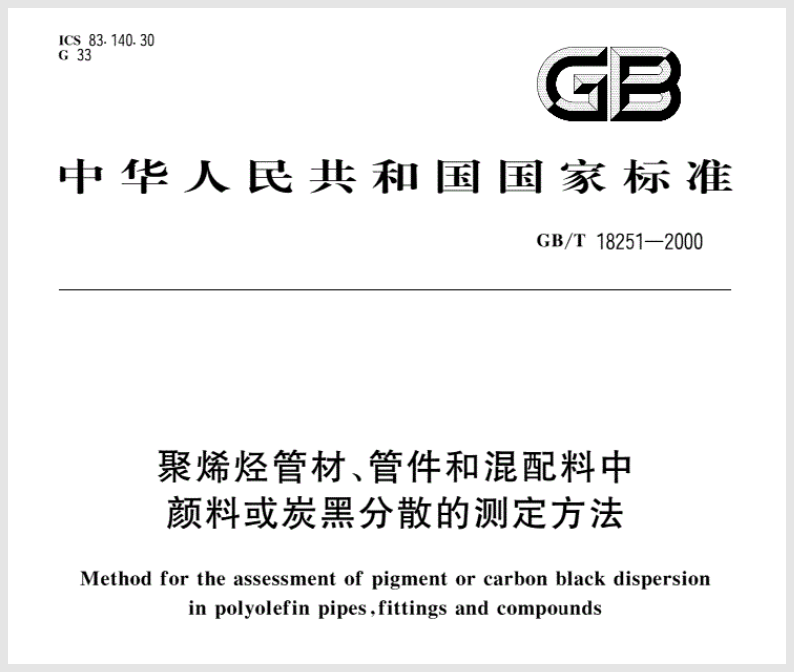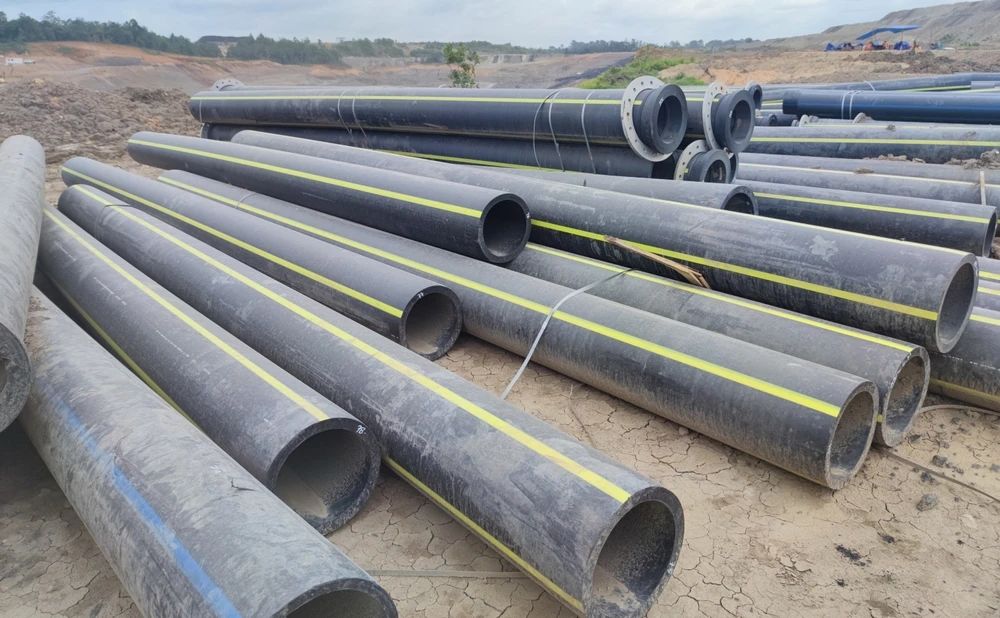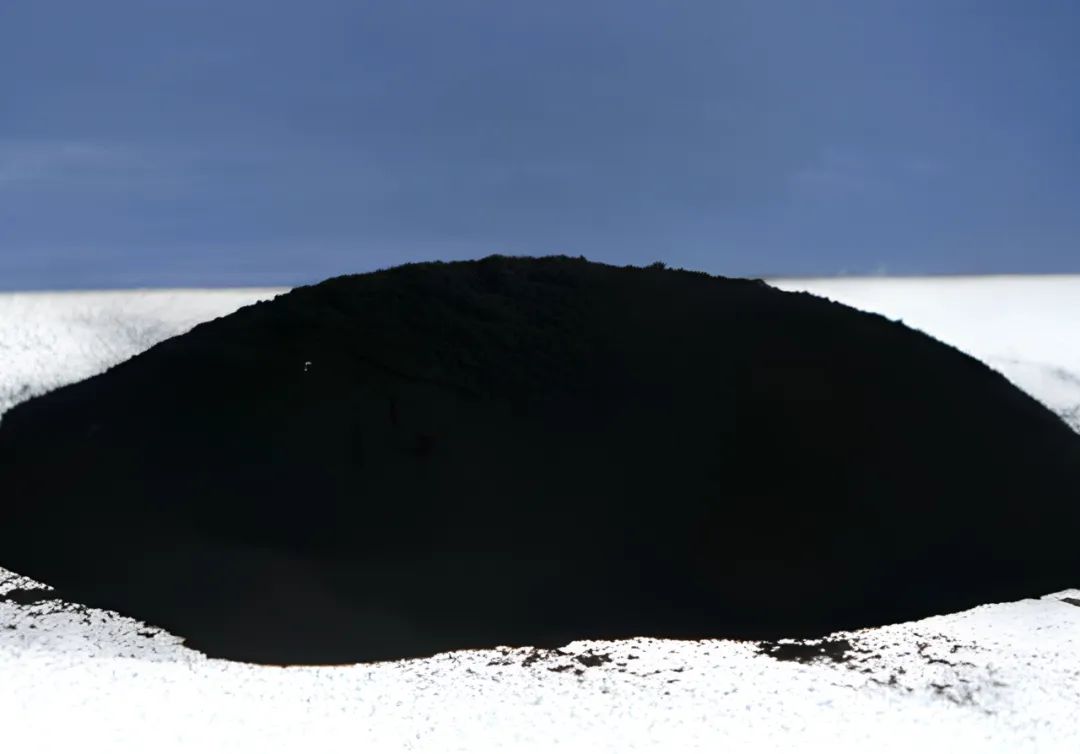
To understand "carbon black", it is necessary to first understand an important performance indicator of plastic pipes - weather resistance.
Weather resistance refers to the ability of materials to resist aging, deterioration and performance degradation in the natural environment (such as sunlight, temperature, humidity, rain, wind and other natural factors).

The function of "carbon black" is to enhance the weather resistance of PE and other plastic pipes in a targeted manner.
1、 What will happen if PE pipes are exposed to sunlight for a long time?
When PE plastic pipes are exposed outdoors, the ultraviolet rays in the sunlight, as a high-energy radiation, will cause the molecular chains on the surface of the plastic to decompose and produce free radicals. The free radicals will further oxidize to produce peroxide groups, which will react with the polymer, leading to polymer aging and ultimately reflected on the pipeline, resulting in surface cracking, brittleness, continuous decline in mechanical properties, and reduced service life.
2、 What is carbon black?
Carbon black is a black powdery carbon material typically produced through incomplete combustion or pyrolysis of petroleum by-products, natural gas, or coal. Carbon black is widely used as a pigment and filler in industries such as rubber, coatings, and inks.
After adding carbon black, the PE pipe can form a uniformly distributed layer of carbon black, effectively absorbing and scattering ultraviolet rays, improving the antioxidant performance of the PE pipe, and preventing aging and fracture.

三、What is the main function of carbon black?
In PE pipelines, the role of carbon black is mainly manifested in the following two aspects:
● Absorption of ultraviolet radiation:
The high surface area and light absorption properties of carbon black enable it to effectively absorb ultraviolet radiation, preventing direct exposure to polymer molecules. When carbon black is dispersed in plastic, the carbon black aggregate scatters ultraviolet rays, and the scattered light is absorbed by the carbon black, thereby reducing the amount of ultraviolet rays directly absorbed by the polymer molecules and reducing the exposure and damage of ultraviolet rays to the polymer.
● Eliminate free radicals:
The functional groups (such as hydroxyl groups) on the surface of carbon black can react with the free radicals generated by ultraviolet irradiation in polymer molecules, thereby clearing these active free radicals and preventing them from triggering further polymer decomposition reactions. This chemical reaction helps stabilize the polymer structure and delay the aging process of the polymer.
4、 What are the requirements for carbon black in PE pipes?
● Carbon black content:
To ensure good UV blocking performance, the carbon black content of PE pipe material should be controlled within the range of 2-2.5%.
● Carbon black particle size:
Carbon black particles should be as fine as possible, usually in the range of 20-50 nanometers, in order to better disperse in PE pipe materials.
● Ash content of carbon black:
The lower the ash content of carbon black, the higher the purity, and the smaller the impact on the performance of PE pipes. In general, the ash content of carbon black in PE pipes should be controlled below 0.5%. Ash Content refers to the total amount of non carbon substances in carbon black, usually inorganic salts and other non combustible residues in carbon black

The above is a summary and introduction to the "carbon black" of PE pipes. Although the title says it is the carbon black of PE pipes, it is actually applicable to the vast majority of plastic pipes that require carbon black, ultimately improving the "weather resistance" of plastic pipes.





 冀公网安备 13080502000095号
冀公网安备 13080502000095号




